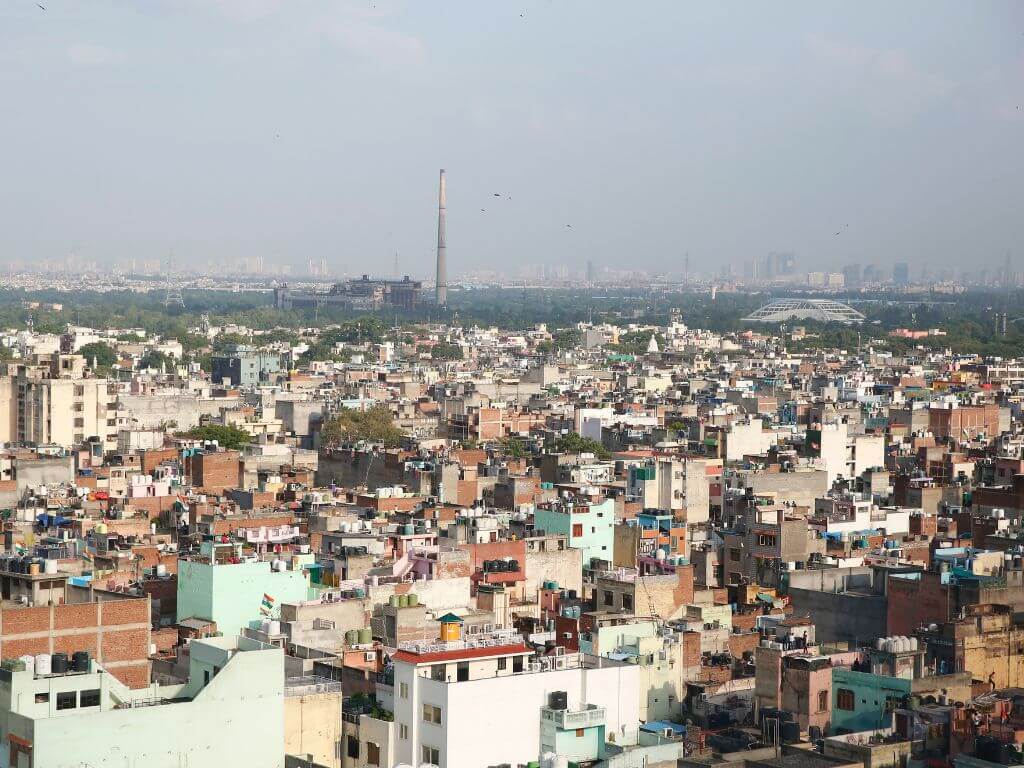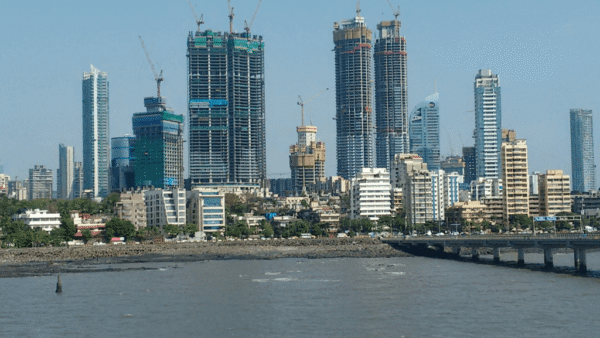The weather news has not been good of late. Temperatures across India have hit the highs making the impact of Climate Change real in a blistering way. As people come to terms with the high 30 or low 40 degrees Celsius readings, looking out for heat wave alerts, studies and reports pour in warning of harsher times ahead. Heat, we know, can have disastrous consequences on people’s lives and livelihoods, adversely impacting everything from personal rhythms to economies in cities.
Heat wave alerts – ranging from yellow to orange to red – by India Meteorological Department (IMD) have begun to help by way of letting people know what to expect and brace ahead, they have also helped governments move into operationalising their Heat Action Plans in cities and states where such plans exist. There has been an emphasis in recent years, by the Union government and National Disaster Management Authority (NDMA), to make cities and states evolve their own plans. Of the 35 to 40 HAPs, 18 plans are for states and 10 for cities, the rest are focussed on districts.
India is also evolving its own heat index, or what is called “feels like temperature,” which is a more accurate description of the high heat that people face than the maximum temperature reading. The IMD began putting out a heat index on an experimental basis this March and it’s likely that India will have its own metric, called the heat hazard score, by next year. This will help people get a real feel of how high the heat is and enable governments to put precautionary or relief measures in place.
None of this takes away from the fact that more heat and warmer times lie ahead. The year 2022 ranked as one of the warmest years ever recorded globally, and collectively, the last eight years have been the hottest years documented by modern science.[1] Each decade since the 1980s has been hotter than the last; the ten hottest years have all been recorded since 2010. “…more than 90 per cent of the country (India) is at extremely cautious or dangerous levels of adversely impacting adaptive livelihood capacity, food grains yield, vector-borne disease spread and urban sustainability. The results also show by examining Delhi’s urban heat risk that heatwaves will critically hamper Sustainable Development Goal progress at the urban scale,” warned a recent PLOS Climate report.[2]
If consistent, this pattern of heat extremes over the years could put the lives of the world’s urban poor residents in jeopardy. In 2018, a study[3] on heat extremes and poverty found that, by the 2050s, as many as 215 million people living in cities across developing countries will be exposed to extreme heat – this is eight times more people than are affected today. Cities in Africa and Asia are set to see the steepest rise.
The urban poor, who are particularly vulnerable to heat will be the most affected. India and Pakistan are literally among the world’s heat wave hotspots, studies have warned. In India, 75 per cent of the labour force, especially in the informal sector, is exposed to heat and outdoor work is set to increase in the coming years, and 50 per cent of India’s GDP is dependent on heat-exposed work such as agriculture and construction, pointed out this study by McKinsey Consulting.[4]
The research[5] found that many low-income urban residents live in precariously located informal settlements that make them vulnerable to climate events like flooding and extreme cold or heat. The lack of access to essential services coupled with job insecurity, low financial reserves and lack of social safety nets make them more exposed to climate impacts and less equipped to deal with extreme weather events. Extreme heat makes outdoor work dangerous but the poor find it difficult to take time off due to the threat of loss of wages.
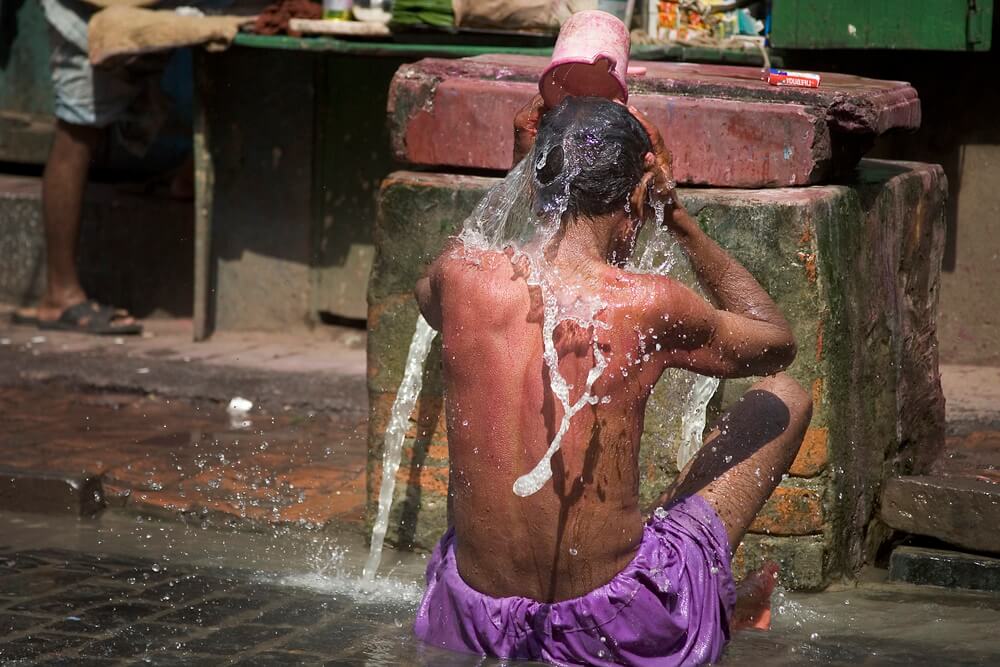
Photo: Jorge Royan/Wikimedia Commons
Why the heat? Examine density
Heat Action Plans and Heat Index communication, while absolutely essential for people and economies, do not address the underlying phenomena related to heat in cities. If our cities are commonly found to be hotter than their surrounding areas, the focus should be on what is causing this as much as how to mitigate the heat. The HAPs are a response to heat or lay down remedial measures at the government level to keep people safe from heat-related illnesses; heat index gives an idea of the actual heat stress that people go through. Neither of these, or other metrics such as the Wet Bulb Temperature, help to identify the reasons behind the rising frequency and intensity of heat waves, though experts have suggested that the HAPs include a long-term plan on sustainable building.
As cities expand and urban development is equated with construction, there has been a steady rise in their built-up area and a corresponding or larger decline in their natural areas, especially the green or tree cover and open spaces. For example, Mumbai lost nearly 40 per cent of its green cover between 1991 and 2018, and unsurprisingly registered a two degrees Celsius increase in its average temperature over the period. Similarly, in Kolkata, Bengaluru and any large metropolitan city that’s rapidly expanding.
As more open spaces give way to concrete edifices, cities become increasingly vulnerable to the Urban Heat Island effect in which certain zones or areas of a city are hotter than their surrounding areas. Clearly, the way cities are built, their physical form, impacts the heat among other things.
The relation between building density and heat in cities has been studied but it does not provoke the debate it should; it certainly does not seem to influence the frenetic pace at which construction is taking place in cities or the built form. The higher the density of buildings in an area, the more heat-trapping they become especially when heat-absorbing materials are widely used. The layout of an area and density influences how and how much they absorb heat contributing to higher temperatures in that area.

Photo: Vinay Darekar/Unsplash
The shape, size, height and placement of buildings impacts the amount of heat that is retained and circulated within the built environment. Restrained wind speeds block air circulation and trap heat when tall buildings are built close together, effectively blocking the view of the sky too. High density of buildings in an area can trap pollutants and particulate matter at the ground level, thereby making people susceptible to respiratory and cardiovascular diseases.[6]
A study by Rajan and Amirtham in 2021[7] assessed temperature and humidity levels in eight neighbourhood locations in Chennai’s Thyagaraja Nagar district and found that one specific area with narrow streets that had a low height-to-width ratio – which meant buildings were situated extremely close with low sky view factor – and lower east-west orientation of the houses resulted in higher temperature in comparison to the rest of the locations.
Building materials too impact the heat levels in cities – red burnt clay bricks and concrete used to construct buildings are known to absorb heat quickly and transfer it indoors. At night, these materials release stored heat that warms the air, keeping even outdoor spaces warm even after sunset. Cooling appliances like air conditioners contribute to the increase in temperature around concrete structures by releasing heat outside to provide cooling indoors.[8]
Passive cooling, which provides thermal comfort without mechanical cooling systems which involves appliances like fans and air conditioners, depends on a building’s orientation, insulation, natural ventilation, reflective surfaces, and shading, as shown by the study in Chennai.
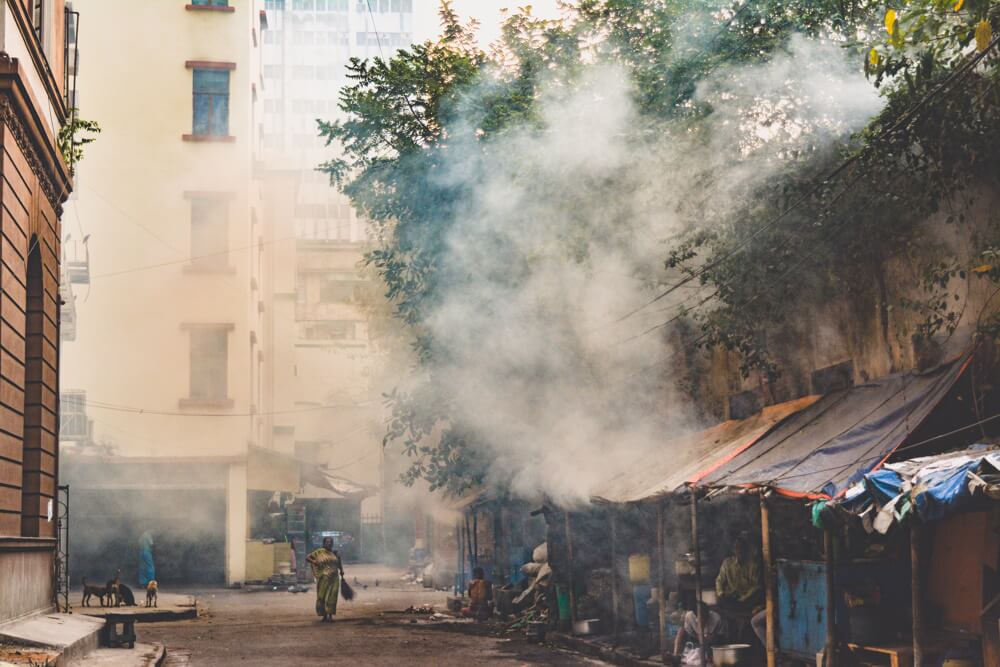
Photo: Ujjwal Jajoo/Unsplash
Tackling heat beyond the plans
Exposure to high temperatures and heat waves can have adverse physiological impacts on individuals, causing extreme levels of heat stress, heat-related illnesses, and even death. The NDMA estimated that between 1992 and 2015, heat waves had caused 24,223 deaths in India. Between 2016 and 2020, India saw 1,750 more deaths due to heat waves. A study by The Lancet [9] found that India saw a 55 per cent rise in deaths due to extreme heat between the periods of 2000-2004 and 2017-2021.
As of last week, the National Centre for Disease Control (NCDC) has reported over 8,500 suspected cases of heat-related illness in India from March 1, 2023. This is a sharp increase from the 3,460 who were forced to seek medical care between the months of March and May in 2022 last year. This is set to worsen and demands that the underlying causes of extreme heat are addressed.
The health impact caused by a heat wave is dictated by its timing, intensity and duration. The ability of a population to adapt and the infrastructure available can blunt or worsen its impact. Extreme heat can cause a rapid rise in body temperature; the body’s inability to regulate this can create heat stress which, if not immediately addressed, lead to a range of conditions including dehydration, muscle cramps, fainting, fever, dizziness, headache, nausea, vomiting, and excessive sweating. Heat strokes that include high body temperatures of 104 degrees Fahrenheit along with delirium, seizures or coma can be fatal. A case in point is the heat wave that took 14 lives in Navi Mumbai in April.
Heat Action Plans (HAPs) were of little use as people, some of the most vulnerable, died. Similarly, India’s India Cooling Action Plan launched in 2019 made India one of the first countries to launch a plan to address the country’s cooling needs. India’s HAPs sound ideal in theory. In fact, the Ahmedabad HAP, which was the first city-level plan drawn up ten years ago, is considered the blueprint. However, this has not been integrated into the city’s development policies and does not inform the building codes or densities and so on.[10]
The HAPs and Development Plans of cities cannot be two distinct documents, projections of heat (or floods) and precautionary measures outlined in the former have to become part of the latter. In turn, how the city’s development is planned in terms of its land use and zoning will impact heat and floods, and therefore will have to be considered a factor in the HAPs or flood control measures. Congestion and pollution from rapid and unplanned urbanisation have intensified the Urban Heat Island effect that makes people with low adaptive capacities suffer the most.[11]
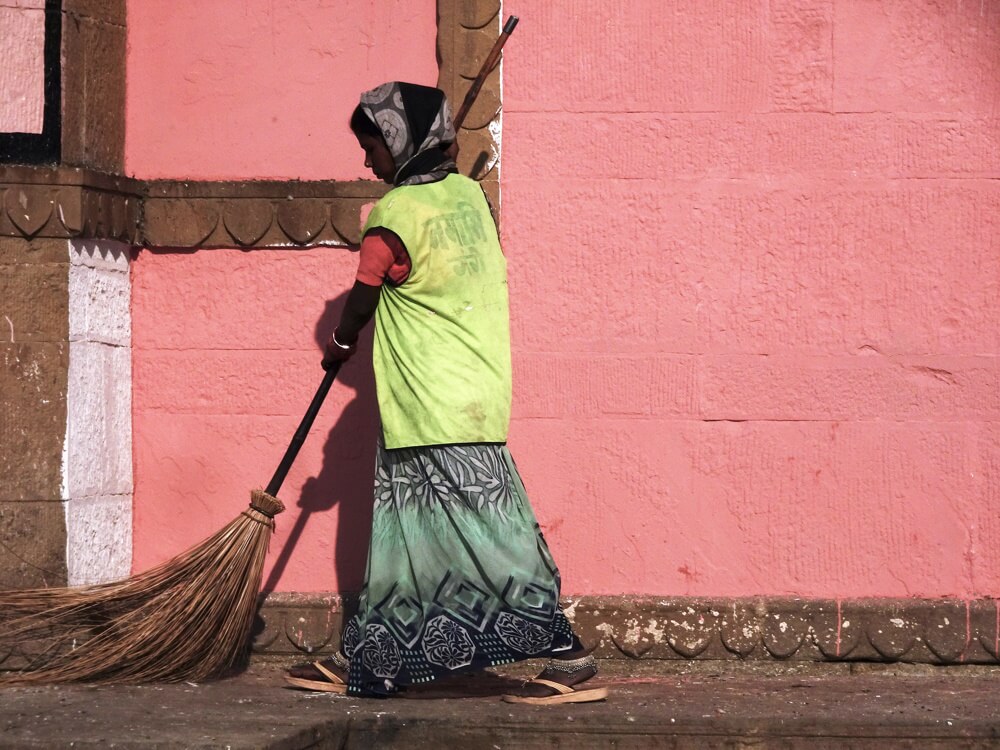
Photo: Susmita Saha/ Unsplash
There is a fervent need to look at our urban environment in terms of its built environment, especially density, green cover and open spaces. Dense high-rises block upstream wind flow, windows which ease air circulation would mean lesser trapped heat, which in turn would reduce the use of cooling appliances that release more heat in an already hot environment. Cool roofs are gaining popularity, in fact they have spawned off rooftop urbanism, and could make a difference in informal settlements in cities. Several cool roof pilots and initiatives, including in Ahmedabad and Hyderabad, have seen indoor air temperatures decline by 2-3 degrees Celsius. In Hyderabad, cool roof surface temperatures were found to be several degrees lower than asbestos and cement roofs.[12]
If March 2022 was the warmest-ever month for India since records were maintained, a new benchmark was set this year when February turned out to be hottest since 1901. As India registers earlier onset of heat days, more heat waves and record-breaking heat indices, putting the lives and livelihoods of millions of people at stake, it is necessary to welcome all the plans being drawn up to combat the impact of extreme heat. However, it is equally, if not more essential, to look beyond the immediate relief or precautionary measures to reflect on how we are building our cities.
Cover photo: Hakan Nural/Unsplash

